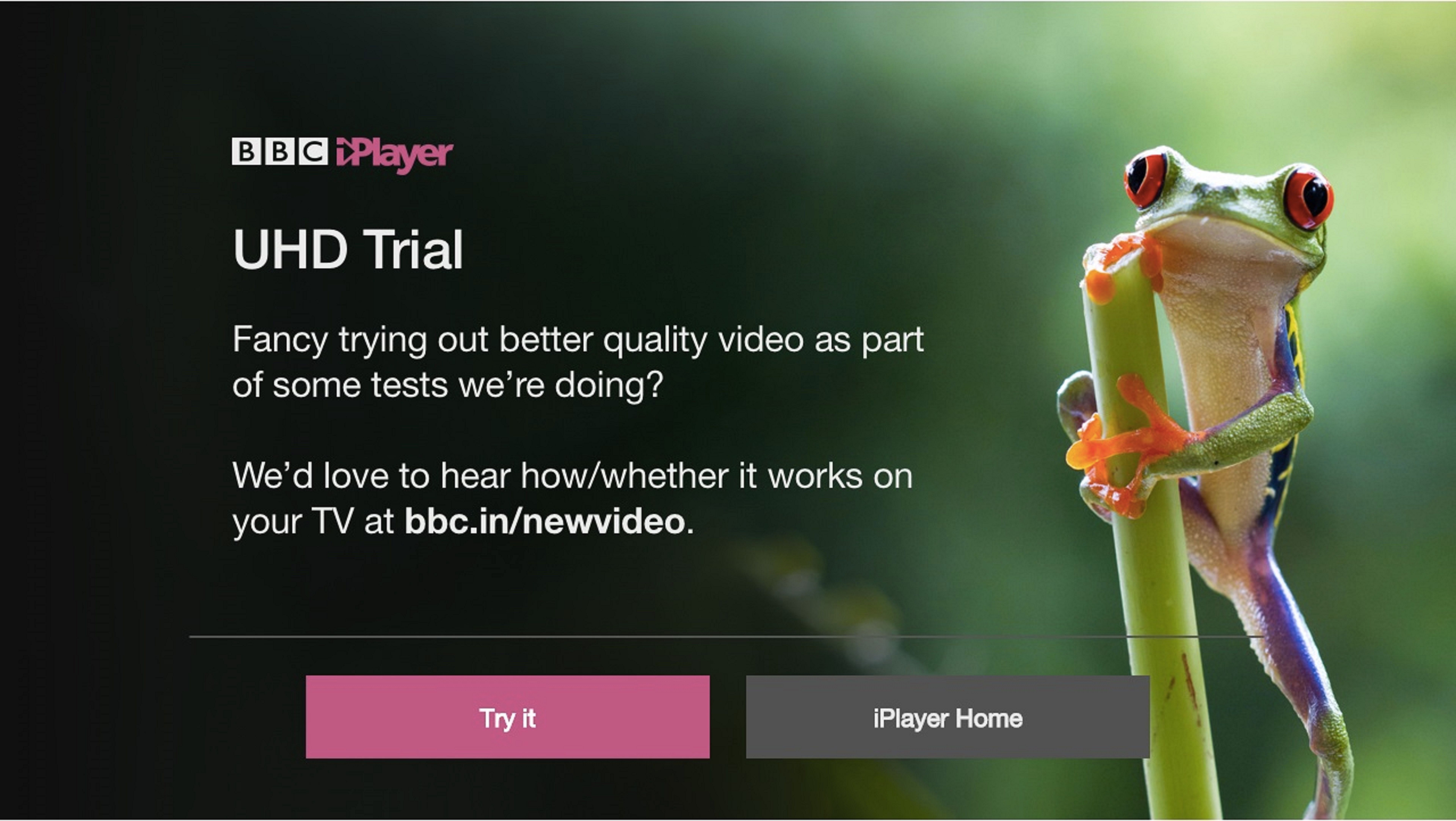The TV world has been on the receiving end of several new buzzwords in the last few years. First there was 4K, which we now know plenty about as it's pretty much everywhere.
After 4K came High Dynamic Range, or HDR. HDR refers to a picture's dynamic range and the contrast between the whitest whites and the blackest blacks, the higher a picture's dynamic range then the closer it is to real life, at least that's the theory. HDR content uses metadata - additional information - to tell the TV how bright or dark it should be.
Amazon, Netflix and Ultra HD Blu-ray all support HDR, but you'll need an HDR compatible TV to see the results.
There's also Dolby Vision, which is Dolby's own version of HDR. It's an end-to-end process, with Dolby involved every step of the way. The idea is that what you eventually see on your TV - which needs to be Dolby Vision compatible - is exactly what the director intended.
What is Hybrid Log Gamma?
At the beginning of 2017, the TV world decided we need a new phrase to get hyped about: Hybrid Log Gamma. Hybrid Log Gamma is a technology that has been developed by the BBC and Japanese public broadcaster NHK since 2014 and one that will eventually let HDR content be broadcast over the air.
Note that all of the current ways of watching HDR involve either a physical source, such as Blu-ray, or a subscription to a video on-demand service. What HLG hopes to do is let you watch live HDR content.
The BBC's research and development arm says it set out to create HLG because it knew it couldn't rely on the end-to-end metadata in current HDR content, because it could be susceptible to interference or get lost during the production process. Also, the BBC says all its equipment is at different stages of its replacement cycle, so it wanted to invent a technology that would rely on only a few pieces. To this end, HLG only requires the BBC to change its cameras and critical monitoring displays, so it's relatively cost efficient.
HLG has been widely adopted and is supported by a wide-range of manufacturers, so if you have a recent HDR TV, it likely supports HLG, but some other TVs will support the technology too.
How can I watch Hybrid Log Gamma?
The BBC says that HLG has been created in such a way that it doesn't need to be viewed on a specific type of display, so you shouldn't need to go out and buy the very latest TV. Although you'll still need a 4K TV, it doesn't necessarily have to be HDR.
This is because HLG has been designed as a scene-referred system, which is what's used for conventional television. This means your TV at home will be able to read the signal and use its own internal technology to reproduce the intended image.
It's because of this, that Hybrid Log Gamma is backwards compatible, so can be used to increase the dynamic range of standard dynamic range 4K TVs. Because it's backwards compatible, it means it can be supported by HDR and non-HDR receivers, so in practice it should be relatively simple to broadcast an HDR feed using HLG.
What tests were carried out for Hybrid Log Gamma?
LG carried out the first trial of an HDR broadcast from a live satellite feed in collaboration with the BBC at the SES Industry Days conference in Luxembourg in May 2017. SES Astra, a global satellite provider has an HDR test channel within its network of satellites, which broadcasters can use to test content and display standards.
LG conducted trials at IFA 2016 in Berlin, broadcasting an HLG feed live to the show floor. The company also streamed HDR content that combined HLG and High Frame Rate technologies. While the HLG side of the feed increased the picture's dynamic range, the High Frame Rate side aimed to deliver 100-120 frames per second, resulting in a smoother image.
LG said the "flexibility of the BBC's innovative HDR HLG technology makes it an excellent choice for broadcast HDR" and that when the test content was broadcast to an LG 4K OLED TV "HDR HLG content looks more realistic, delivers greater depth and the deepest blacks".
The BBC conducted a public trial with a 4 minute 4K Ultra HD clip of Planet Earth II via BBC iPlayer. The trial clip was considered a "public UHD and HLG test" and some of the supported TVs don't have HDR, so they'll be a good test for the new technology.
The BBC subsequently tested broadcast with a live Rugby League game in UHD and HLG on BBC iPlayer. This was very much seen as a test bed for World Cup broadcasting in 4K HDR, which is now widely available.
When will Hybrid Log Gamma be available at home?
Hybrid Log Gamma content is available, with the BBC in the UK testing it through BBC iPlayer - with 4K HDR Blue Planet II as the biggest streaming trial so far. Many recent televisions support HLG, as do many streaming devices, so for those using a service like BBC iPlayer, all you need to fairly recent hardware to be able to access it.
Panasonic confirmed that its top-of-the-range TVs going back to 2016 support the technology, along with Sony, which issued an update for all 2016 and 2017 4K HDR TVs and has ensured compatibility since - as have other major manufacturers.
There's no word on when we can expect to see permanent HLG content broadcast into our homes. The BBC and NHK are doing a good job in proving that the content can be streamed over the air and into people's homes, the next thing that we need - as was the case with 4K - is content.


